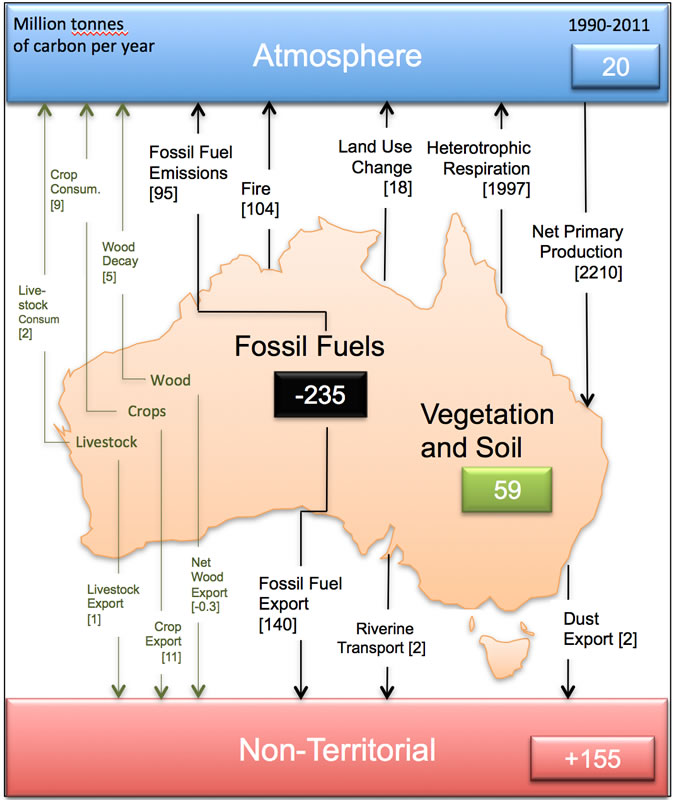There has been a slow-down in global mean surface (troposphere) temperatures, but this does not question the fact that the earth-system as a whole is warming. In fact, during the so-called "hiatus", the net radiation imbalance in the top of the atmosphere persisted (implying that warming would continue even if emissions were to stop). In fact, at the same time that warming in the troposphere stalled, ocean heat content increased, especially in deeper layers:

The fact that oceans took more heat from the atmosphere helps to explain the slow-down of warming at the surface. This seems to be, at least partly, explained by natural variability in the ocean (see here). Trenberth and colleagues argued, thus, that natural variability in the climate system makes the global mean surface temperature record to increase in steps, rather than in a linear way. In another study, Yan and colleagues analysed the redistribution of heat during the "hiatus" period and concluded that: "[...] the term “global warming hiatus” is a misnomer, although we will continue to use the widely used
phrase to describe the slowdown or pause in the increase of GMST in the late 20th to early 21st century, with
quotation marks. Alternatively, we would like to suggest to the climate community to use “global surface
warming slowdown” instead in the future to avoid confusion. There is no absolute consensus on the specific
oceanic sink for the excess heat that led to the slowdown in rising GMST (the Southern Ocean may be worth
further attention though), but there is a general agreement in this group and in the literature that rather
than a “global warming hiatus,” the slowdown of GMST increase in 1998–2013 was a result of the increased
uptake of heat energy by the global ocean during those years."
 A thorough analysis of the australian carbon budget can be found
A thorough analysis of the australian carbon budget can be found 

